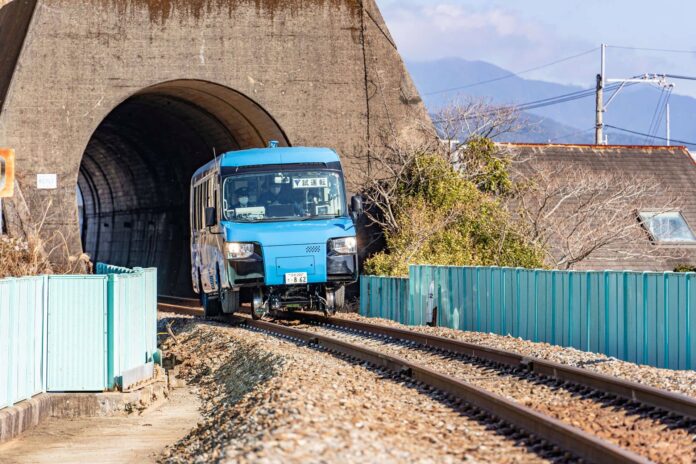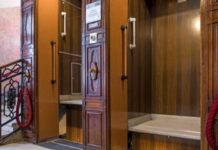To be or not to be?
No one has gone crazy and mini-buses don’t have a conscience. Not yet.
They do, however, have the possibilities to run multiple lanes. Let’s see how they can be useful
The first BUS-TRAIN
# A double-bottomed vehicle?
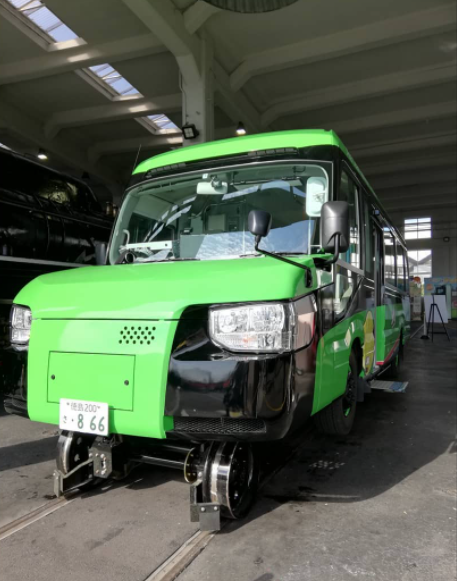
A mini bus with a great personality, the one presented in Kaiyo, Tokushima prefecture. The vehicle, created for local public transportation in the Japanese city, has the dual characteristic of moving on the road, equipped with tires, but when it arrives in front of a railway, and turn then into a train: a special trolley drops from the belly of the bus, hooks the tracks supporting the chassis and raises the tires from the ground, starting to travel on rails.
These are the DVM, dual mode vehicles, which are preparing to revolutionize the LPT
Read also: THE TRANS-EUROP EXPRESS: the new night trains to go abroad
# All ways are fine
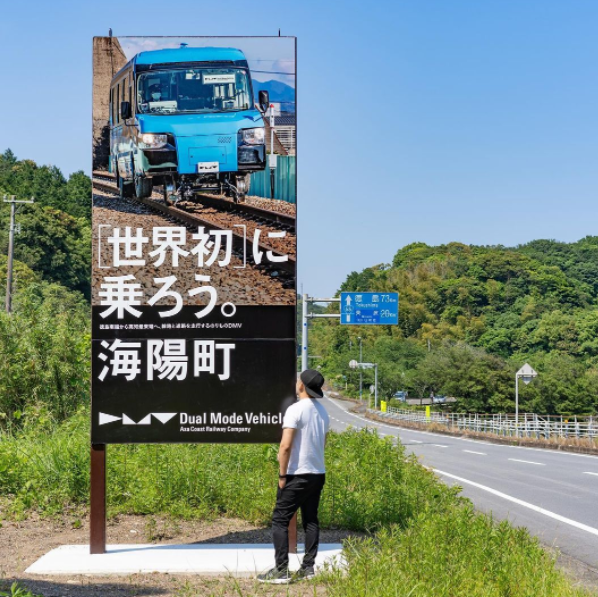
Can you imagine the sales brochure for the presentation of a DVM vehicle? Full of praise and aimed at highlighting all the routes that can be taken?
In fact, this seems to be the main feature of this debut. The minibus is born like any other vehicle intended for the small LPT, as may be the one that involves movements at the urban district level. After having covered its stretch on paved roads, it can however engage the race on the tracks, as can be those of the train.
The revolution to be achieved concerns a Japanese province, especially the rural part of the island of Shikoku, with the task of joining together some of those areas whose roads have precisely this property: they divide between asphalt and rail.
Read also: The 800 KM/H fast TRAIN is coming: Berlin-Paris will take less than an hour
# Looking towards tomorrow
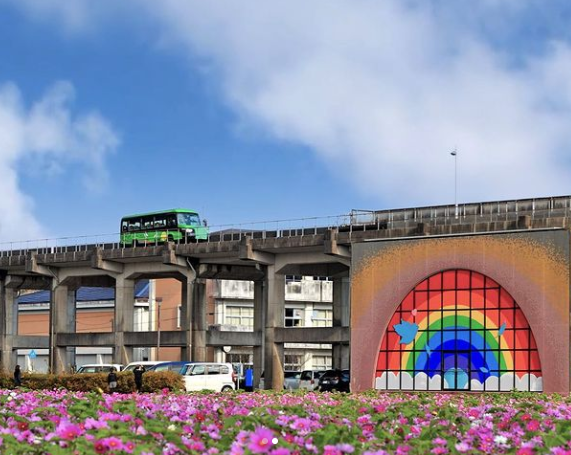
There is another indicator that Japanese administrators in the province are evaluating, and that is the progressive aging of the population.
In this province and, especially, along the coastline, the population is – fortunately – increasing in life expectancy. Therefore, it will become essential to facilitate the movement of residents, between one city and another, facilitating them the switch between buses and trains.
The DVM will eliminate the necessary changes, running along asphalt and tracks, carrying citizens to commercial areas and returning them back to their homes.
The bet will also serve the local transportation companies of small towns, such as Kaiyo, which due these reasons struggle to provide adequate services to citizens, resulting in lost revenue for them.
Read also: New York SECRET RAILWAY STATION: beautiful yet IMPOSSIBLE
# The features
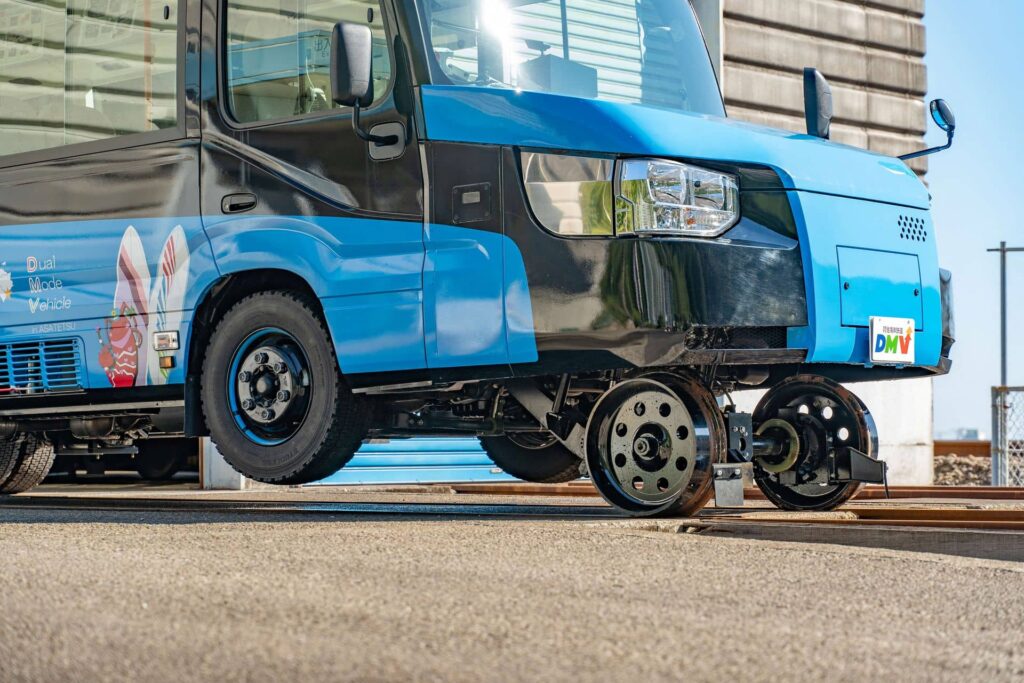
The vehicle was developed as a 21-seater mini-bus, and is able to travel all the smalltown roads, thought out for local public transportation. Once a week, or when there is a call for people in a single place, it transports passengers along the railway, getting them to the market, for example, or to the celebration.
Shigeki Miura, CEO of Kansai Bus, which purchased the vehicles produced by Asa Coast Railway, said that for Kaiyo, this is expected to be “a fantastic mode of public transportation” precisely because it is suitable for “rural areas with an elderly population.”
When running on the road it can reach a maximum speed of 67 km/h, while on the railroads the expected one is 100 km/h.
Will the challenge be overcome? We just have to follow the developments
Continue reading: THE 7 FASTEST TRAINS in the WORLD: from Asia to Europe
LAURA LIONTI


